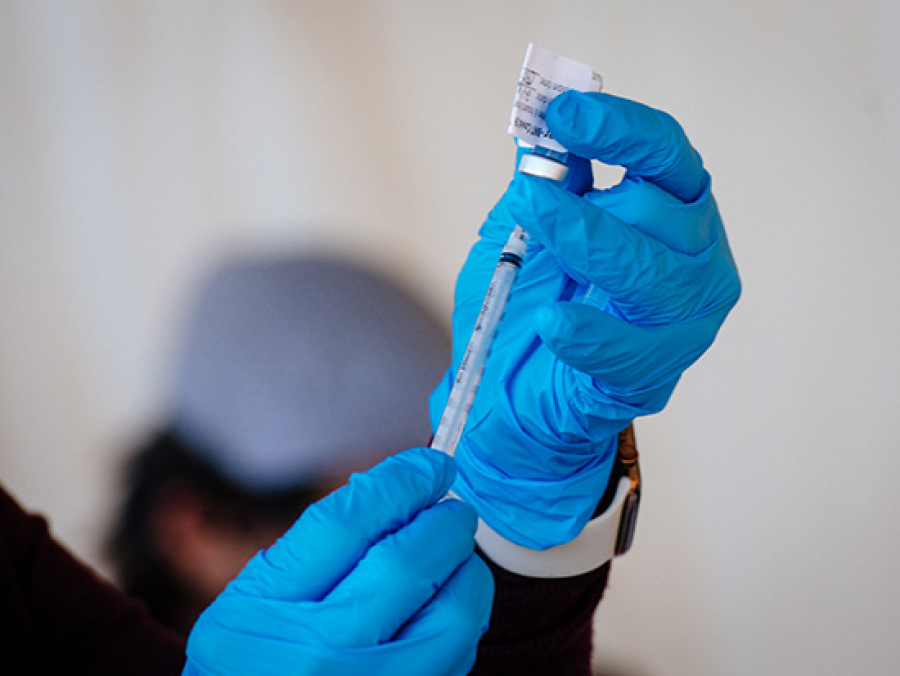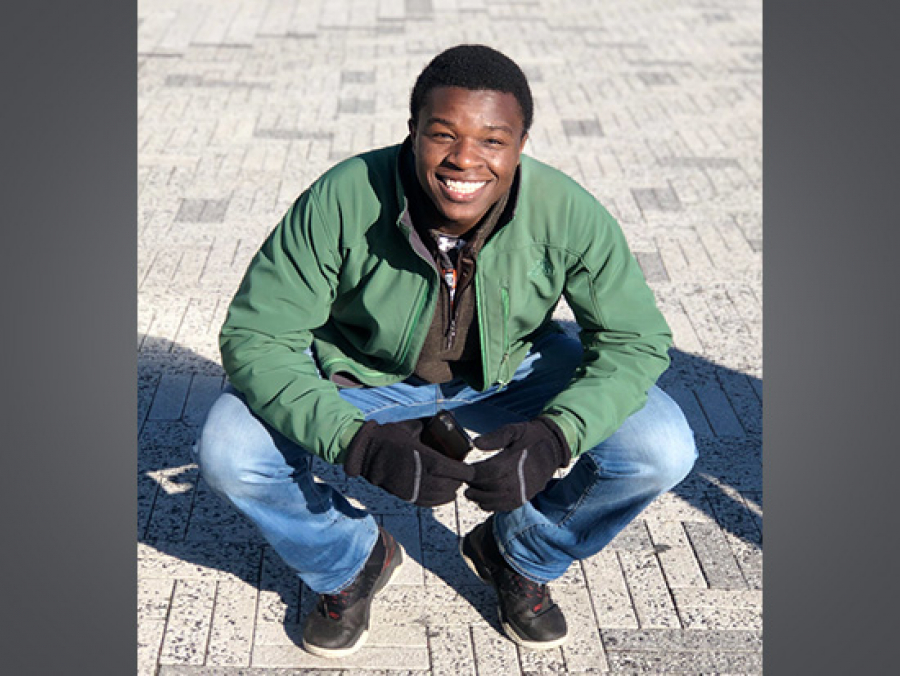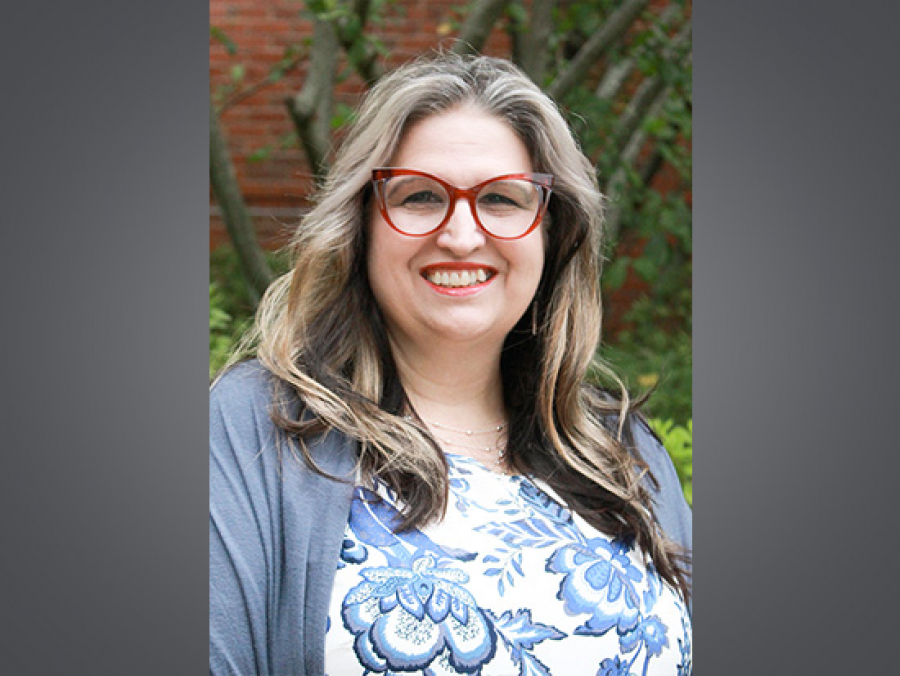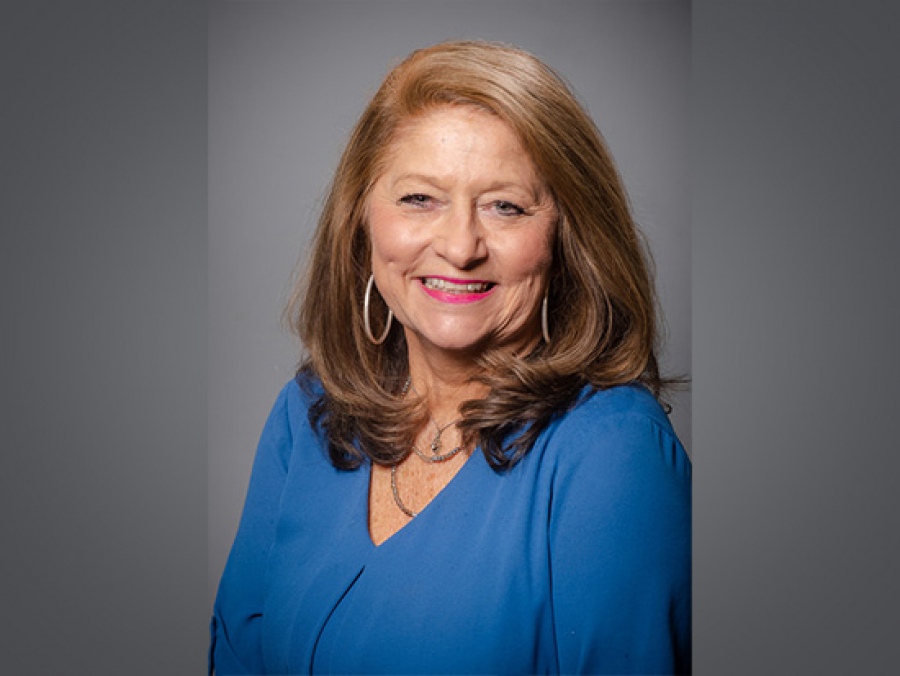
UAB mental health researcher Yusen Zhai, Ph.D. opens a new website, an assistant professor in the UAB School of Education and Human Sciences's counseling program and director of the UAB Community Counseling Clinic opens a new website, recently conducted a first-of-its-kind research study in the counseling field published in the Journal of Counseling & Development.
The study used the difference-in-difference (DiD) approach (a quasi-experimental design) and discovered that overall mental healthcare accessibility took a step forward during the pandemic due to telehealth.
"The information we unveiled in our study showed positive sentiments towards telehealth during the pandemic and in the post-pandemic era," states Zhai. "We used the difference-in-difference analysis for the first time in counseling research. It helps investigate causal relationships that are of interest and importance to public health and clinical practices. My colleagues and I are excited to see what this new form of analysis can bring to future counseling research studies."
Telehealth During the Pandemic
Zhai's research study answered the question many mental health care experts have been asking "Did clients seeking mental health care services, like therapy or counseling, utilize those same services when switched to telehealth during the pandemic?"
During the global pandemic, many healthcare practices had to pivot to telehealth to ensure vital services like counseling were available to clients. Zhai's research unveiled that people seeking mental health care during the pandemic were not against seeking help from counselors or other mental health services via telehealth.
"After conducting our study, we found that many people received the rapid shift to telehealth favorably, and the shift potentially protected clients from experiencing a disruption in their existing counseling and mental health therapy sessions," states Zhai.
In addition to the supportive impacts discovered in the research, Zhai and his team also found growing mental health accessibility disparities among racial and ethnic minority groups.
"The move to telehealth was positive overall, but it also showed us the increasing accessibility issues among racial and ethnic minority groups," states Zhai. "Some racial and ethnic minority groups were more likely to experience mental health issues during the pandemic than others but were less likely to seek and use counseling services."
Although telehealth is a step toward eliminating borders for those seeking mental health care, accessibility and reducing the stigma around mental health issues and therapy in some racial and ethnic minority communities have a long way to go.
Zhai says this study will help inform the best practice for mental health care providers to offer optimal care and targeted support in various settings in the future. Additionally, Zhai's research will hopefully lead to more studies addressing the persistent racial disparities and inequalities around mental health outcomes and the utilization of services available.

























































